Why Do We Need A Vaccine Court?
How It All Started
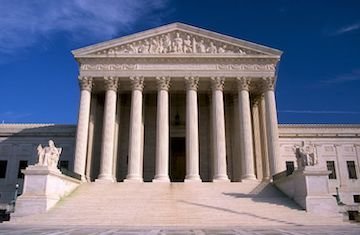
The National Vaccine Injury Compensation Program came into being after controversies regarding vaccines and the injuries people had suffered from vaccine mandated government programs. From the mid-nineteenth century through the beginning of the twentieth century children and adults were forced to take vaccines. Death and injury caused by the vaccines finally could not be ignored by the government and manufacturers after citizens started suing vaccine manufactures and medical practitioners causing a loss of confidence and profits.
The general population had been rebelling against mandatory vaccine acts in Europe and the United States since the 1850s. The United States government vaccine programs main focus was destroying smallpox since the 1850s. During the war on smallpox in 1905 a case cam before the United States Supreme Court of Jacobson v. Massachusetts. The case was about the state of Massachusetts forcing vaccination on Jacobson. The State of Massachusetts had ruled in 1902 all citizens that hadn’t been vaccinated within the last five years was required to get vaccinated or pay a fine. Jacobson refused to do both. He sued the state arguing that Massachusetts statute infringed on his liberty and through the court system he fought for the right to his property and rights.
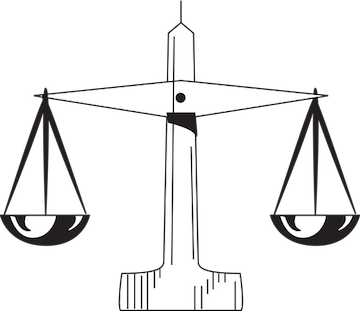
The case was about state rights over personal rights regarding one’s own body when it came to forcing an individual to participate in a medical program that they personally disagreed with.
The Massachusetts Supreme Court ruled in favor of the state and the cause was brought before the United States Supreme Court. The Supreme Court ruled against Jacobson stating his refusal to be vaccinated endangered other people’s lives. It was wrong to avoid the vaccination while enjoying the benefits of of a disease free life because of everyone else submitting to the vaccination.
American’s had fought to win individual freedoms from the abuse of the authority forcing it’s citizens to act in a way to protect the the English Monarchy and it’s servants at the risk of their own health. The state now had the power to force it’s citizens to act in a way that threatened their own health for the health of the common good. The case set a dangerous precedent regarding our individual rights. As a citizen of the United States citizens are forced to accept the loss of individual rights for the overall good of society. The court decision was 7-2 and even through there was 2 judges who disagreed with the ruling the court accepted the ruling which was in favor of the public.
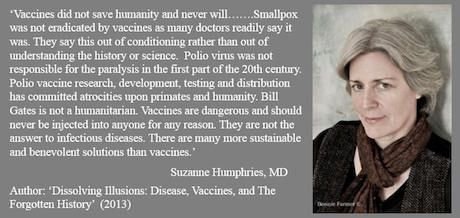
Mr. Jacobson had argued that many times children were exempt because of prior adverse reactions but there was no excemption for adults. He brought evidence to court proving he had adverse reactions. However, the court refused to accept the evidence and research proving that vaccines are harmful to adults as well as children. The ruling allowed states to force it’s citizens to take part in programs they disagreed with along with eleven other states that enacted laws to force their citizens to take vaccinations against their will.
As more vaccines were developed so did the discussion about what to do with the vaccine injured or those who died due to vaccine adverse reaction. Although most people survived the forced vaccination program there was a percentage of people who suffered minor symptoms like fever, rashes to more severe reactions such as anaphylactic shock or even death.
During the mid 1950s there were a series of horrible injuries, including death and paralyzation from the Salk Polio vaccine. Over 120,000 doses made by the Cutter Laboratories contained live polio viruses. There was over 160 children that were paralyzed, 10 died, and over 40,000 people experienced illness from the live virus.
April 25, 1955 several weeks after the United States began to vaccinate millions of primary school aged children. Many of the production lots of vaccines were active even though the virus in the vaccine was supposed to be inactive. The tragic event was called the “Cutter Incident,” named after the company that had made the vaccine.
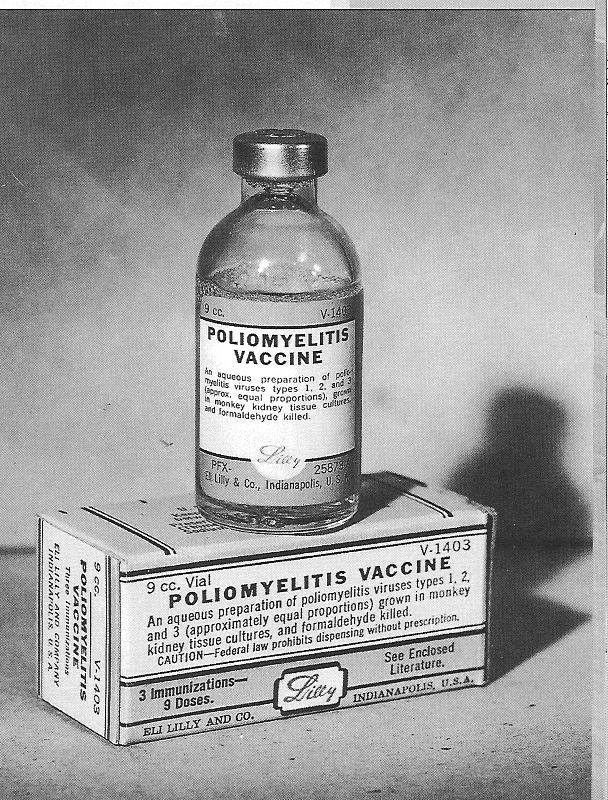
“Injury lawsuits flooded the countries court system against the manufacturers and many settled out of court. One case went to appeal through the California Supreme Court, Gottsdanker v. Cutter Laboratories was upheld a lower court ruling that the manufacturer was not negligent. The court found the lab had followed government manufacturing protocols correctly. However, the vaccine companies were held liable for financial damages caused by adverse reactions caused by the vaccine. Because of huge advertising campaign by the government the general population believed that vaccines were safe for all of it’s citizens. The protection from disease outweighed illness and even death from adversed reaction many children and adults experienced.
As more vaccinations were mandated by the states against many infectious diseases more adults and children suffered adverse reactions and death. The families that suffered injury or death from vaccines looked for legal options for compensations for injuries and deaths of their loved ones.
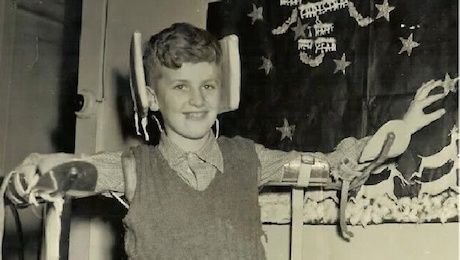
In the past people had to seek compensation through the civil courts tort system. This system couldn’t handle the complexity or case loads and an alternative system was devised. Both injured parties and manufactories needed a different system because of the time and money it cost to go through the civil tort system. Many poor people suing manufacturing companies couldn’t afford the time off work or the huge amount of money it cost to pursue civil action. There were problems finding the cause of the injuries as well.
Vaccine manufacturers were feeling the legal cost cut into their profits, an example from Davis v. Whyeth Labs back in the 1960s and 70s. The plaintiff after being vaccinated for polio from a nationally mandated immunization program sued the manufacture for failure to provide a warning of adverse reactions. The jury ruled in favor of the defendant, however the Court of Appeals reversed the ruling on the grounds that the manufacture hadn’t provided adequate information regarding the risks involved.
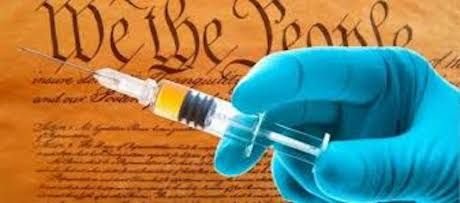
Vaccines were prescription drugs but they were given through mass clinics without a physician and patient relationships. Basically there was no time to talk about individual health and the ability to learn about adverse reactions for the patient.
In 1974, The United States Court of Appeals for the Fifth Circuit, in Ryes v. Wyeth labs, stated that the polio vaccine manufacturers were liable for failing to provide product warnings directly to vaccine patients. The plaintiff in this case came down down with polio 2 weeks after she was vaccinated at her counties health clinic. The nurse that administered the shot said she had read the polio vaccine but had not advised her patient regarding adverse reactions.
“The plaintiff sued the manufacturer of the vaccine for, among other things, failure to warn. The defendant argued that it met its duty to warn by inserting an adequate warning—the package circular—in the vials of vaccine, and that Davis v. Wyeth Labs was distinguishable because
(1) whereas the plaintiff in Davis was vaccinated as part of a mass immunization program, the plaintiff in Reyes was vaccinated at her parents’ request;
(2) whereas the plaintiff in Davis was vaccinated by a pharmacist, the plaintiff in Reyes was vaccinated by a “public health nurse”;
(3) compared to the defendant in Davis, it “played a relatively passive role” in the national immunization program; and
(4) unlike the defendant in Davis, it “had no knowledge that the vaccine would not be administered as a prescription drug.” 498 F.2d at 1277. The Reyes court found the defendant’s arguments unpersuasive. Embracing the rationale of Davis, the court first observed that “[w]here there is no physician to make an ‘individualized balancing . . . of the risks,’ . . . the very justification for the [learned intermediary rule] evaporates.” The court then rejected the defendant’s attempt to distinguish Davis on the facts presented.”
Rohde, Wayne. “The Vaccine Court The Dark Truth of Americas Vaccine Injury Compensation Program.”
To Be Continued
Gottsdanker v. Cutter Laboratories, 182 Cal.App.2d 602, 6 Cal.Rptr. 320, 79 A.L.R.2d 290 (Cal.App. 1 Dist. Jul 12, 1960).
“The Plague of Causation in the National Childhood Vaccine Injury Act” by Betsy Grey.
Davis v. Wyeth Laboratories, Inc., 399 F.2d 121 (9th Cir.(Idaho) Jan 22, 1968)
“The Plague of Causation in the National Childhood Vaccine Injury Act”by Betsy Grey


 A link to My Blog
A link to My Blog